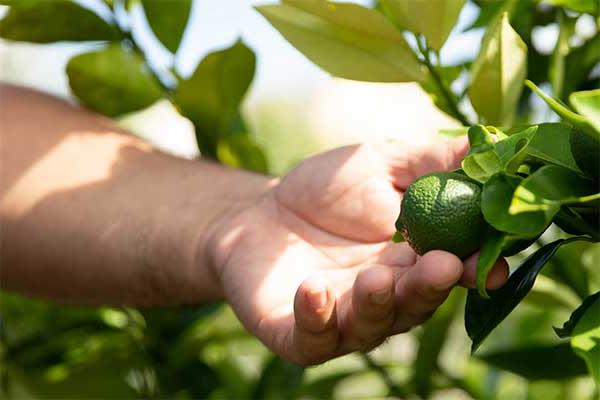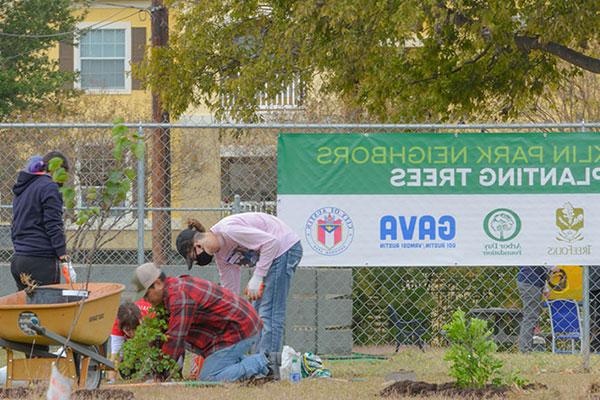How exactly can a tree be a solution to environmental injustice? Well, it depends.
Just as environmental injustices take a variety of forms, the role a tree plays in helping to correct these environmental challenges in our country’s most vulnerable neighborhoods can change from place to place, too.
Trees do so much for every neighborhood. They make our communities more vibrant, create connections between neighbors, and offer so many physical and mental benefits for every individual along the way.
Everyone deserves to live near trees. It’s why the Arbor Day Foundation is focusing more of our tree plantings in neighborhoods of greatest need. At the Arbor Day Foundation, our environmental justice projects start with data and information from cities, technology partners, and a lot of insights from our unmatched network of local tree-planting partners to help us locate and prioritize more of our work in low-canopy neighborhoods while ensuring we maximize the impact of each tree planted.
With so much of our work focused on putting more trees where they’re needed most, it’s important to highlight how a tree can be versatile, acting as part of a solution to so many different environmental injustices that plague too many of our neighborhoods.
Meeting food insecurity with sustenance
What happens when a neighborhood lacks access to traditional supermarkets or other opportunities to obtain healthy food and produce? Unfortunately, people living in these food deserts can end up eating less-expensive, unhealthy processed food.
In some food deserts, community groups are taking matters into their own hands, using trees, to grow nutritious foods for neighbors who otherwise would go without.
Planting trees in the fight against food insecurity in Brownsville, FL. Partner: Citizens for a Better South Florida.
Improving equity in low-income neighborhoods with trees
Redevelopment housing projects provide home-ownership opportunities in low-to-moderate-income neighborhoods, but they do not always include funding mechanisms for trees.
In these situations, a tree can be a sign that a neighborhood is more than a housing project — it's a community putting down roots for the long term.
Trees help a community take root in Upstate South Carolina. Partner: TreesUpstate.
Neighbors educating neighbors on the importance of trees in marginalized neighborhoods
Oftentimes, low-income and minority neighborhoods are disproportionately impacted when an urban metro experiences population and development growth. Aging trees aren’t well maintained and new tree plantings aren’t prioritized. It can lead to more negative impacts, like urban heat island effect, on vulnerable communities.
More local organizations planting trees in these neighborhoods are turning to the community members themselves to encourage neighbors to see the value in and impact of a tree.
Nashville residents create healthier, more resilient communities with trees. Partner: Cumberland River Compact.
Learn more about how the Arbor Day Foundation is committing to plant 500 million trees by 2027 with a focus in neighborhoods and forests of greatest need.



